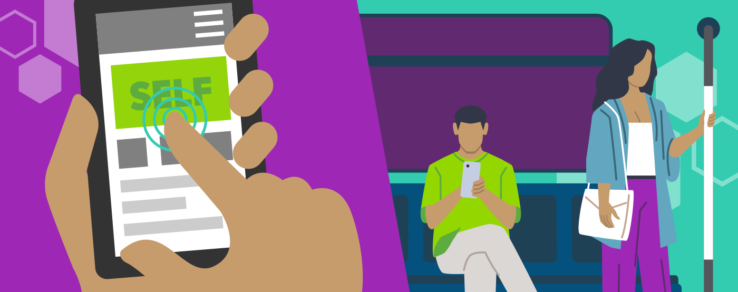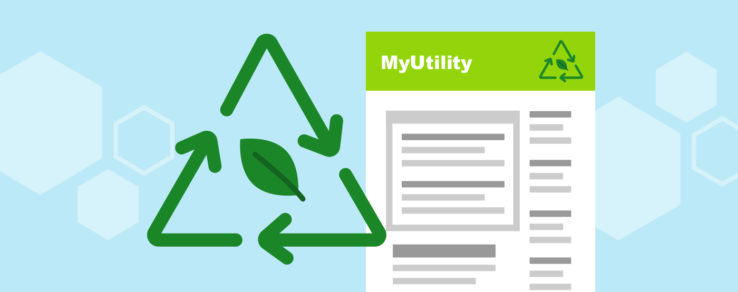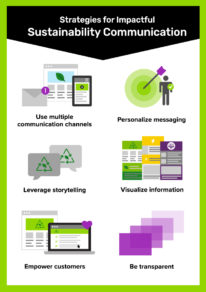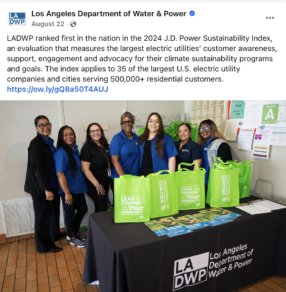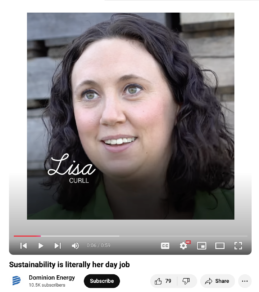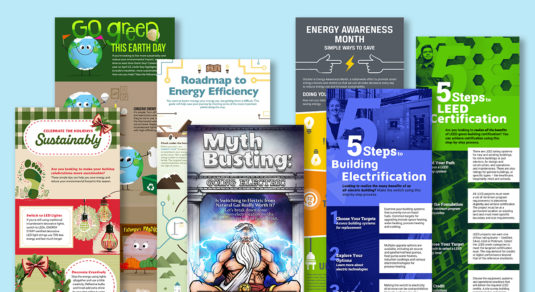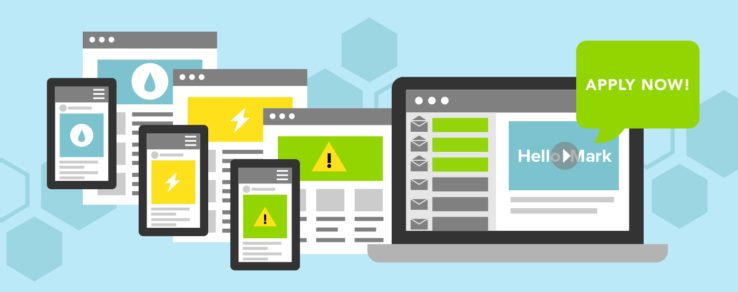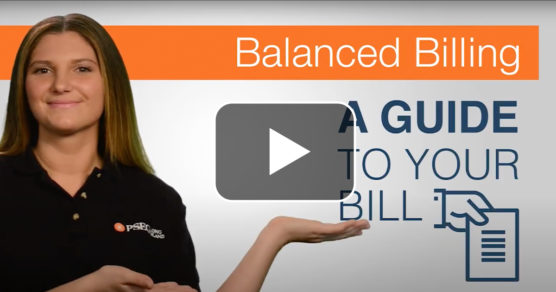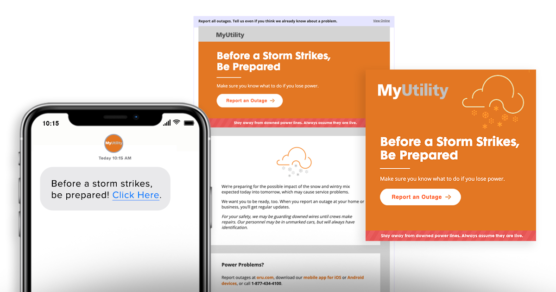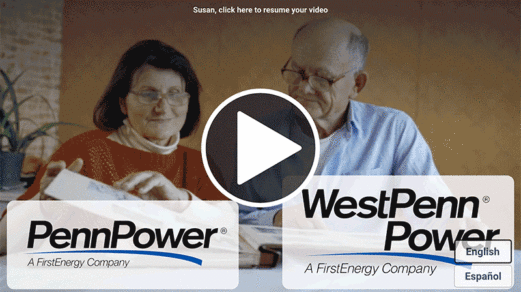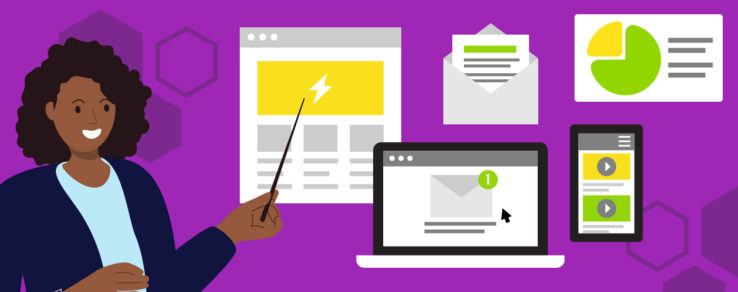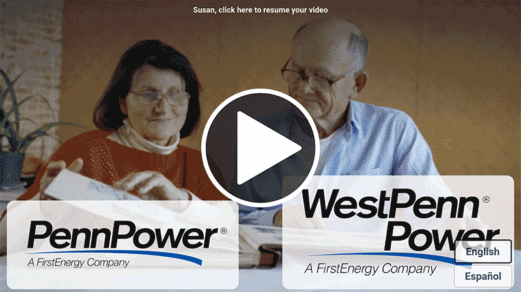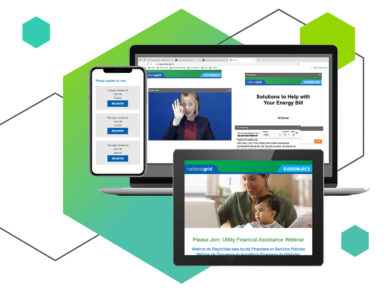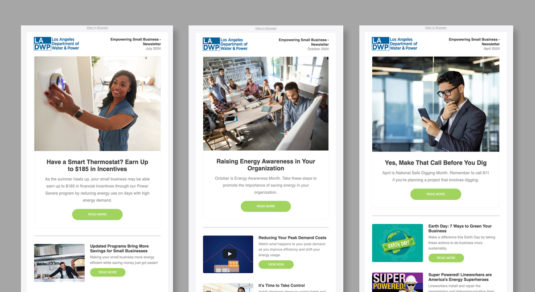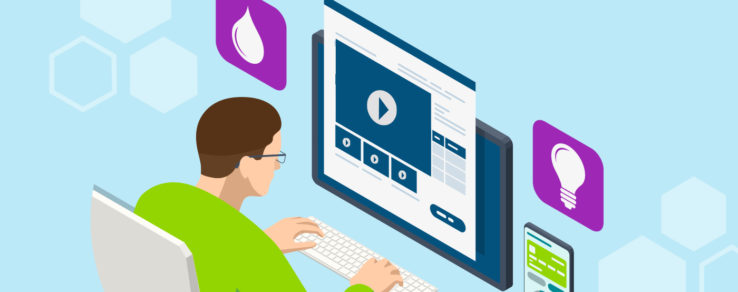In today’s fast-paced digital world, utility customers expect seamless and efficient services. To meet these expectations, utility marketers are turning to utility self-service options, which put customers in the driver’s seat of their energy journey.
From chatbots to mobile apps, utility self-service solutions enhance customer satisfaction, build stronger customer relationships and streamline utility operations.
Empowering Customers With Utility Self-Service
Consumers increasingly demand services and solutions that are not only convenient but also personalized, intuitive and accessible anytime and anywhere. A recent study finds that two-thirds of adults worldwide prefer to make or receive online payments. Additionally, 67% of consumers prefer self-service options versus speaking with a company representative.
In fact, “hyper-convenience” is becoming a growing expectation for today’s consumers, no matter the industry. Hyper-convenience goes beyond simply offering online account access. It’s about providing efficient utility self-service tools that empower customers to manage their energy or water use, pay bills and resolve issues without the need for direct assistance.
“Hyper-convenience refers to the ideal level of convenience for today’s customers,” says Matt Buecker, Senior Manager, Marketing and Customer Education at Baltimore Gas and Electric. “Customers expect an instant and seamless process from every company, and that is what they are expecting from their utility, too. Every interaction must be convenient and easy.”
To ensure hyper-convenience, utility self-service has become a cornerstone of the modern energy customer experience. The latest research finds that 88% of consumers expect energy providers to have an online utility self-service portal. Customers want the ability to access account information, pay bills, report issues or explore energy-saving programs at their convenience.
By providing robust utility self-service options, you empower customers to take control of their energy usage and account management, enhancing satisfaction and loyalty.
Why utility self-service matters:
- Empowers customers: Self-service tools give customers control over their accounts, from paying bills to checking energy usage. This autonomy builds trust and satisfaction.
- Meets evolving expectations: Utilities that embrace digital-first solutions align with customer demands for fast, seamless and on-demand services.
- Enhances efficiency: Automating routine tasks, such as outage reporting or account updates, reduces the burden on customer service teams and speeds up resolutions.
- Improves accessibility: Self-service is available 24/7, ensuring customers can manage their accounts at their convenience, not just during business hours.

Chatbots Enhance Convenience
Utility customers want fast answers to their questions, whether it’s about billing, power outages or energy-saving tips. AI-powered chatbots, one of the most effective utility self-service solutions, provide 24/7 support and instant responses to common queries.
According to a recent study, nearly 1.5 million people engaged in at least one conversation with a chatbot over the past year. More so, 51% of customers prefer interacting with AI chatbots for instant service. Integrating chatbots into your utility’s website or mobile app ensures customers have immediate access to help without waiting for a customer service representative.
To guarantee a positive customer experience, chatbots should be equipped to handle a wide range of inquiries and escalate more complex issues to a human agent when necessary.
Last year, Duke Energy designed a mobile app chatbot to help customers with top pain points, including billing and payments. This convenient utility self-service option provides detailed information about payment plans and even guides users through enrollment in autopay or financial assistance programs. In the first three months, Duke Energy’s chatbot logged more than 280,000 customer interactions and 104,000 chat sessions from 55,000 unique users.
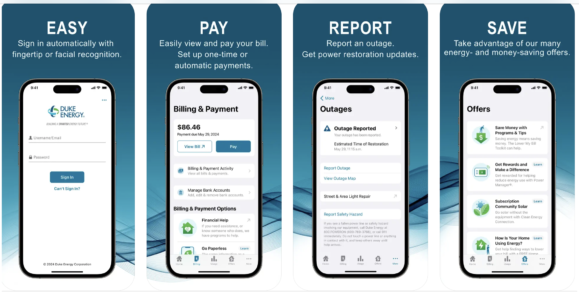
When considering AI chatbots, utility marketers should keep in mind that this technology may not be preferred by all customers. Illustrating this point, BGE’s focus group research found that many customers appreciated the utility’s friendly customer service representatives and preferred speaking with a human agent.
“One of the comments we received a lot was that customers love calling BGE because they always get a friendly, helpful representative,” Buecker says. “Some customers prefer this way of communication while others want to email us or reach out to us on social media. I think the key is providing the best customer experience possible, no matter the platform.”

To cater to diverse customer preferences, utility self-service options should be available across multiple channels, including web portals, mobile apps, email and even social media. This availability ensures customers can engage with their utility in a way that’s most convenient for them.
Easy Enrollment in Utility Programs
Customers appreciate simplicity, especially when navigating complex information like energy efficiency rebates or financial assistance programs. By streamlining the process of signing up for programs, services or communications, utilities can make it easier for customers to take action.
To improve the customer experience, it behooves utilities to offer simple, one-click enrollment options on their website or mobile app. This utility self-service solution reduces the friction of signing up for programs and ensures customers can quickly take advantage of beneficial services.
Why easy enrollment processes matter:
- Convenience for customers: One-click enrollment eliminates barriers, allowing customers to quickly join programs and services with minimal effort.
- Improved conversion rates: A simplified, single-step process reduces drop-off rates during enrollment. Customers are more likely to complete a task when they don’t need to navigate through multiple pages or forms.
- Enhanced customer satisfaction: Quick, frustration-free experiences reflect positively on your utility, fostering trust and improving overall satisfaction.
For example, BGE created a convenient utility self-service solution for moving customers. The Customer Operations team developed a streamlined process that allows customers to easily transfer their services to a new address online.
To promote this convenient solution, BGE’s Marketing team strategically targets frequent movers or renters with tailored promotions. For instance, renters with one-year leases might receive promotions timed to align with the end of their lease term.
Questline Digital collaborated with Duquesne Light Company to develop a streamlined landing page for one-click e-Bill enrollment, making it as easy as possible for customers to make the switch. Monthly personalized email campaigns supported the one-click landing page, culminating in a holiday sweepstakes to drive participation.
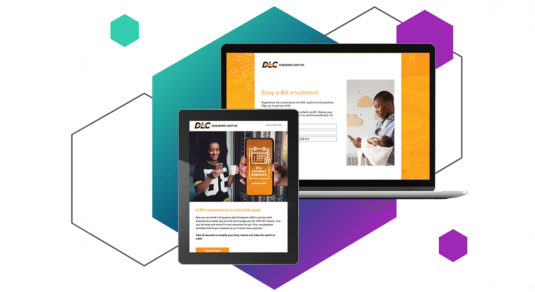
Duquesne Light Company’s utility self-service solution proved successful, with more than 38,000 customer sign-ups during a seven-month promotion period.
By implementing easy enrollment processes and well-crafted landing pages, utilities can create stress-free user experiences that boost customer engagement, drive program participation and strengthen the utility-customer relationship.

Mobile Apps: A Must-Have for Utilities
With a majority of customers relying on smartphones to manage daily tasks, a mobile app has become an essential tool for utilities.
A well-designed mobile app should allow customers to pay their bills, monitor energy usage, report outages and access personalized energy or water usage insights. Push notifications can also alert customers about upcoming bills, service disruptions or program eligibility, enhancing the overall customer experience.
Why mobile apps matter:
- 24/7 accessibility: Customers can access their accounts, pay bills and report issues anytime, anywhere, without needing to contact customer service. This accessibility is especially valuable during emergencies, such as outages or severe weather events.
- Streamlined user experience: A well-designed app provides an intuitive interface for common tasks like viewing energy usage, setting up autopay or managing notifications. Everything customers need is just a few taps away.
- Personalized features: Apps can deliver tailored experiences, such as personalized water conservation tips or customized alerts about billing due dates and outages. This level of personalization strengthens customer satisfaction and loyalty.
- Push notifications: Utilities can send timely updates, reminders or promotional messages directly to customers’ devices. For example, an app can notify customers about planned maintenance, energy-saving opportunities or new programs.
Customers are increasingly interested in understanding their energy and water usage and how they can save money. Mobile apps that offer personalized insights based on consumption can provide immense value.
Integrating data analytics into your utility self-service options allows you to deliver tailored energy-saving tips or recommend programs that best suit each customer’s lifestyle.
Last year, Georgia Power launched a new and improved mobile app for customers interested in the utility’s self-service options. Through the user-friendly app, customers can quickly and securely pay their bills using convenient options like Digital Wallet. They can also monitor their energy usage, conduct monthly comparisons and even get an estimate of their current month’s bill.
The Future of Utility Self-Service
Utility self-service options are no longer just a convenience – they’re an expectation among today’s customers. By implementing and optimizing tools like AI chatbots, streamlined enrollment processes and mobile apps, utilities can deliver a superior customer experience.
Investing in a robust self-service strategy is a win-win for both customers and utilities, fostering deeper engagement, increased loyalty and improved efficiency.
